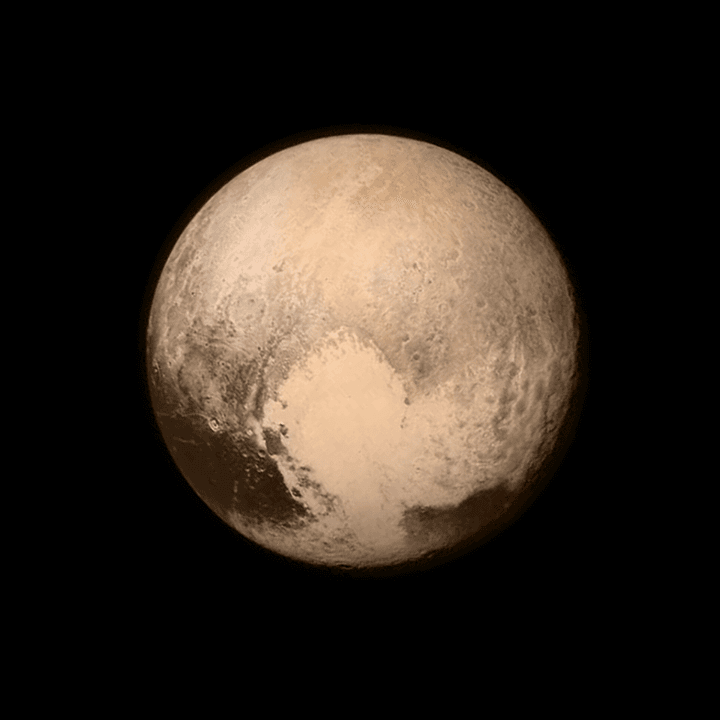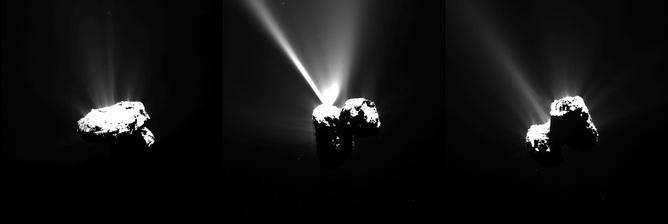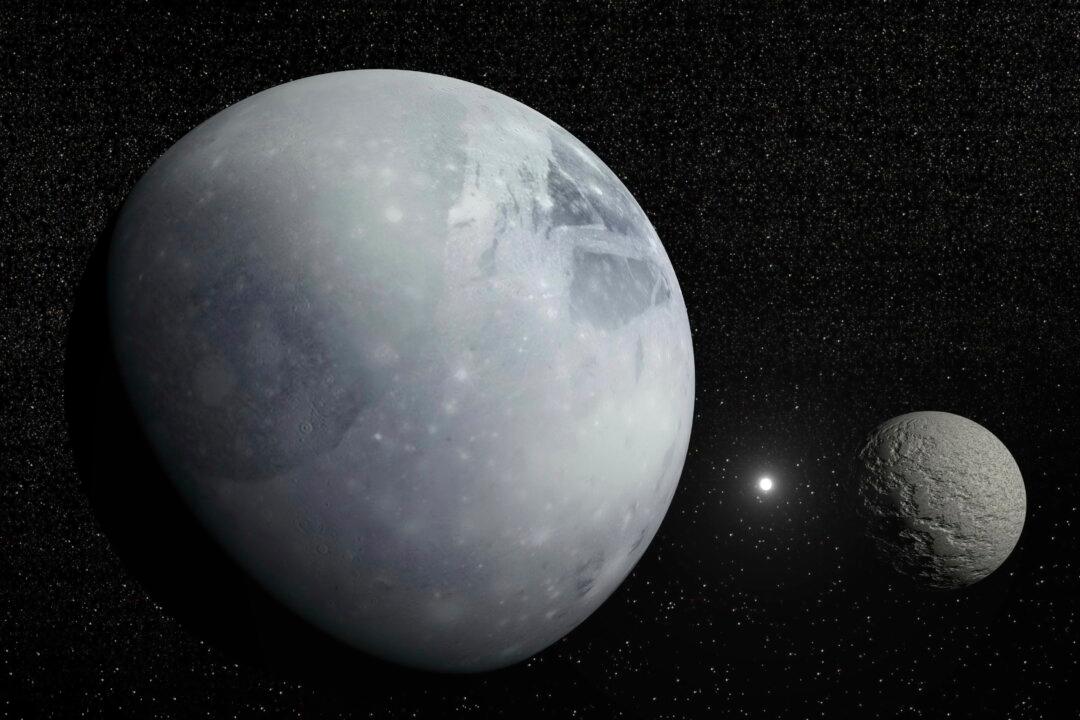As I began typing this column, NASA’s New Horizon mission was on its final approach to its primary target, Pluto. By the time I finished composing my deathless prose, the main mission was over. And I’m not a slow writer.
Launched in January 2006, the spacecraft has travelled for nine and a half years for a flyby lasting only about 15 minutes. It doesn’t sound much of a reward for all the effort of designing and building the spacecraft—but for planetary scientists, the data coming back from the mission is pure gold.
For now all we can do is wait. Early in the morning on July 15, New Horizons is expected to phone home and confirm that the fly-by went well. Later that day the first high-resolution images should start trickle back to Earth—revealing what Pluto and its moon Charon actually look like up close. However, it will take nearly a year for all the data from the instruments aboard the spacecraft to come back.
But what is so exciting about Pluto? It isn’t even a planet anymore! When the New Horizons mission was conceived, Pluto stood (or rather, orbited) proudly as the ninth, and newest, planet in the Solar System. But eight months after New Horizons left Earth on its journey to Pluto, the International Astronomical Union downgraded Pluto from “planet” to “minor planet.”




